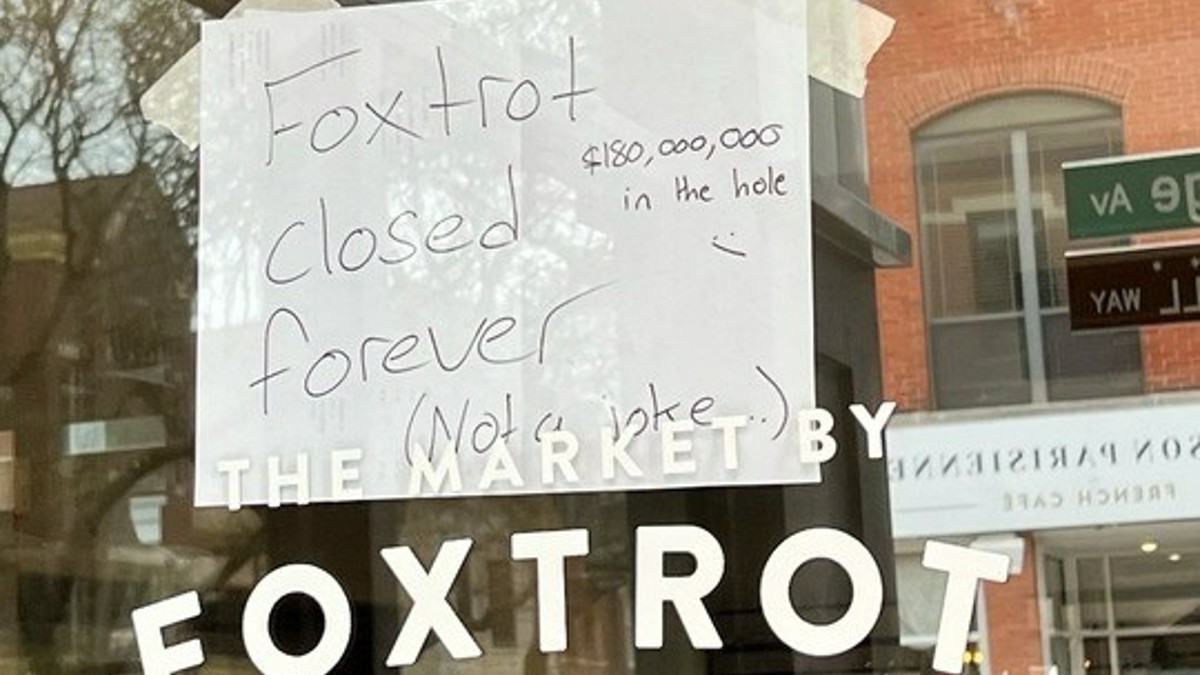Texas homeowners wanting to add some drought-resistant landscaping to their property will now face less resistance from their homeowners associations.
Senate Bill 198, which covers the "protection of drought-resistant landscaping and water-conserving natural turf," is now in effect. It restricts an HOA from enforcing rules that "would prohibit or restrict a homeowner" from using native plants or other landscaping requiring less water.
However, HOAs may still require a homeowner to obtain pre-approval for aesthetic reasons.
In Plano, Judy Hawthorne and her husband do not live in an HOA neighborhood and have slowly begun incorporating drought-resistant plants into their rose garden.
"We started growing roses in 1989, but we have tried to cut back on that," she said. "We'll fill this bed with more drought tolerant plants."
As some of their plants die off due to age or the drought, the Hawthornes are turning to plants that require more sun and less water. That includes fountain grass, a native plant they only water once per week.
The changes in their watering schedule have reduced their water bill by enough that they have noticed a difference in their usage between August 2012 and this year. Hawthorne calls it "a start."
Local
The latest news from around North Texas.
While the new law can require a homeowner to seek authorization, it also states the HOA's approval may not be "unreasonably denied or withheld."
The law also applies to water-saving devices such as rain-barrel harvesting systems.



